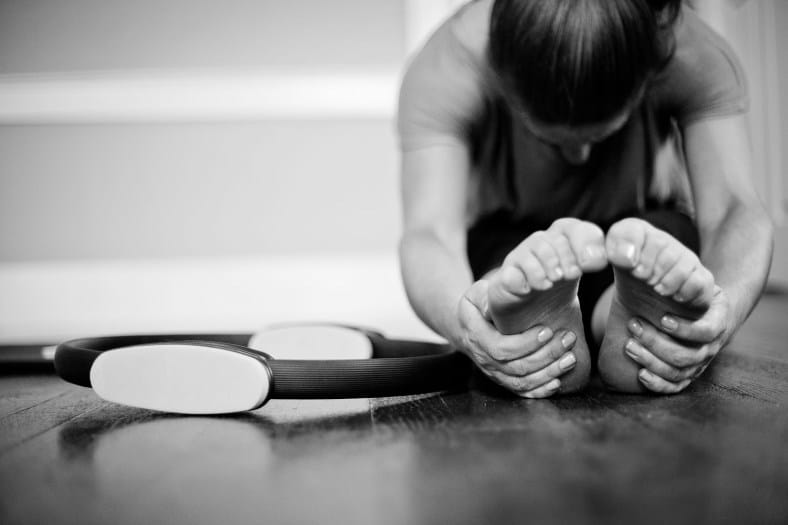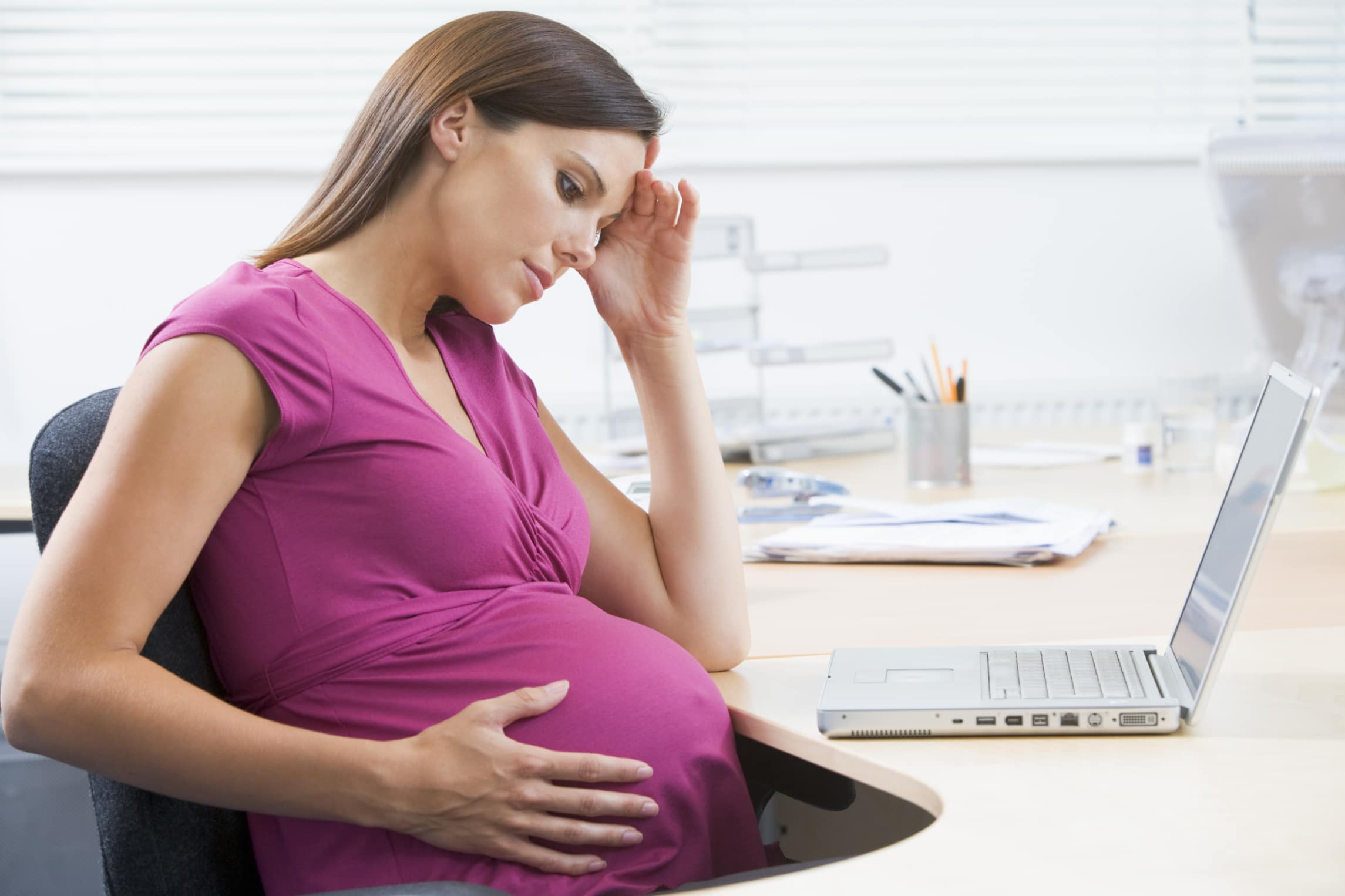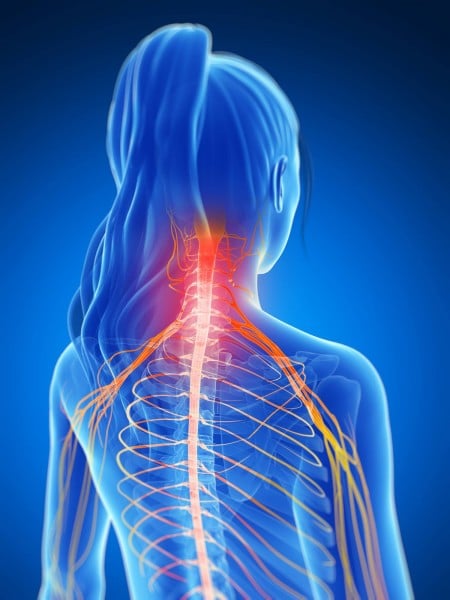 If you have ever had physical therapy, you are aware that manual therapy techniques and exerciseprescription are usually the cornerstone of your treatment program. Perhaps you’ve also had experience with modalities such as ultrasound, electrical stimulation, and even laser therapy.
If you have ever had physical therapy, you are aware that manual therapy techniques and exerciseprescription are usually the cornerstone of your treatment program. Perhaps you’ve also had experience with modalities such as ultrasound, electrical stimulation, and even laser therapy.
What is a laser?
There are two different types of lasers primarily used in clinical treatment, Class 3 and Class 4. They are classified according to their ability to cause retinal damage, thus wearing appropriate protective eyewear is a must when working with these lasers. Class 3 lasers emit power of 5 to 500 mW while class 4 lasers emit power greater than 500 mW.
Class 3 lasers are low level, low intensity, cold lasers as they cause no thermal effect in the superficial tissue when used. Class 4 lasers are high power and considered hot lasers as they do produce an increase in the temperature of superficial tissue when proper exposure time is exceeded.
Under proper and normal treatment protocols, class 4 lasers emit greater photonic energy in a shorter period of time than class 3 lasers without a significant rise in tissue temperature, allowing it to treat deeper tissues, such as ligaments, muscles, tendons and cartilage.
What types of conditions benefit from laser treatment?
Physical therapists use class III and IV lasers as a treatment modality. These different types of lasers, whether they are cold lasers or provide a thermal effect, such as red, near infrared, or CO2 lasers provide pain relief and aid in the healing process of many musculoskeletal and neuromuscular conditions.
These conditions include:
- Neck and low back pain
- Tendonitis
- Bursitis
- Capsulitis
- Carpal Tunnel Syndrome
- Plantar fasciitis
- Migraine
- Bell’s Palsy
- Arthritis
- Strains and sprains
- Adherent scar tissue
- Wound healing
- Muscle spasm
- Pelvic pain
- Stress urinary incontinence
How does it work?
Lasers work by stimulating collagen synthesis to aid in tissue healing, limiting the formation of edema and hemorrhage, increasing/stimulating the production of ATP (the energy source for our cells), and accelerating the inflammatory process by reducing levels of painful inflammatory marker, decreasing neutrophil influx, and decreasing oxidative stress on the body.
The use of laser for vaginal health is becoming increasingly popular among women who experience vaginal changes secondary to aging, childbirth, and hormonal fluctuation. These changes in vaginal tissue can contribute to loss of sexual gratification, dyspareunia (pain with intercourse), pelvic pain, and stress urinary incontinence. By stimulating collagen synthesis and reducing inflammation, pain is reduced and intravaginal tissue is strengthened, improving continence.
Please consult your physician for additional information.
Image: www.pixels.com

 PILATES AND YOUR GAME
PILATES AND YOUR GAME
